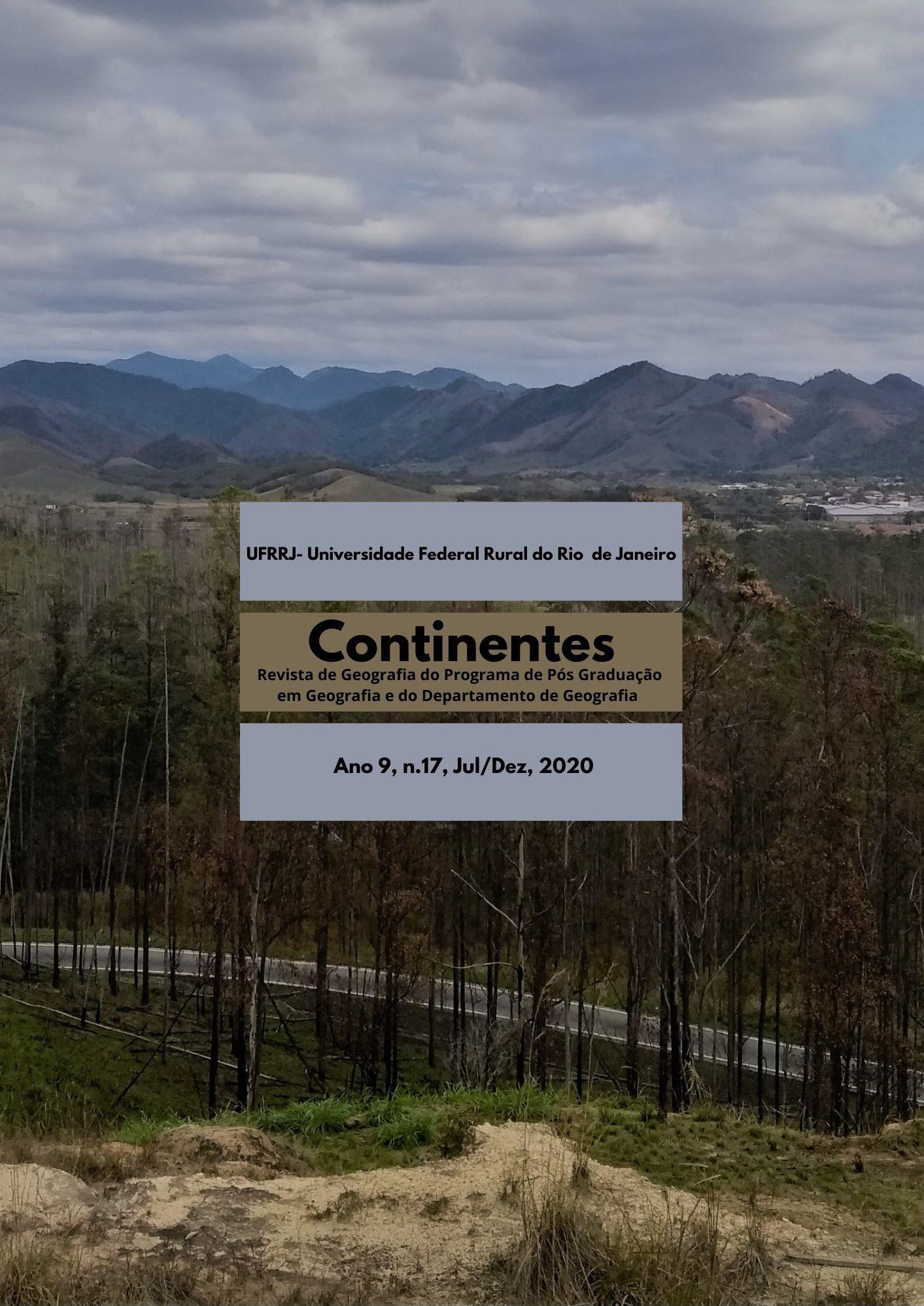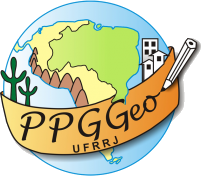EVALUATION OF REMOTELY PILOT AIRCRAFT (RPA) AS A SUBSIDY IN THE REGULARIZATION PROCESS OF HERITAGE AREAS: FEDERAL RURAL UNIVERSITY OF RIO DE JANEIRO HISTORICAL BUILDINGS, RJ
Resumo
The use of Remotely Piloted Aircraft (RPA) has grown significantly in recent years in several applications such as geology, environmental monitoring, mapping, precision agriculture, among others. Aerial photogrammetry using RPAS becomes an adequate alternative for mapping small areas by linking cost-benefit to engineering projects, allowing a cartographic product with quality, lower cost, and greater operational ease. However, the data regarding this technology need to be better interpreted and further scientific analysis are required to validate its application in different areas of knowledge. Aiming this problem, the present work consists in evaluating the positional accuracy and precision of perimeter and area measurement extracted from products generated by aerophotogrammetric survey with RPA. Based on the regularization of the historical patrimony heritage process in the Federal Rural University of Rio de Janeiro, this work aimed to compare the results produced by the photogrammetric survey with a classic topographic survey data executed in the same area, thus evaluating the potential use of RPA technology for this purpose. We concluded that, compared to classical surveying, the RPA technique in the scope of architectural heritage processes, proved to be solid and robust for the purpose of obtaining quantifiying buildings area and perimeter (planimetric coordinates and measurements)



















